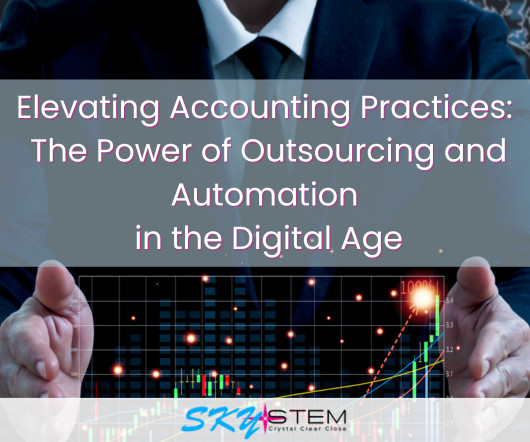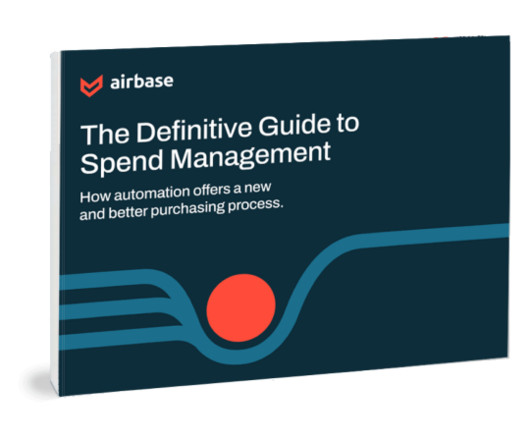Payroll deduction definition
Accounting Tools
SEPTEMBER 23, 2023
Related Courses Human Resources Guidebook Optimal Accounting for Payroll Payroll Management What is a Payroll Deduction? A payroll deduction is an itemized amount withheld by an employer from the gross pay of an employee. A payroll deduction is typically intended to pay taxes, fund a pension, or reimburse the employer for all or a portion of certain expenses incurred on behalf of the employee.






































Let's personalize your content